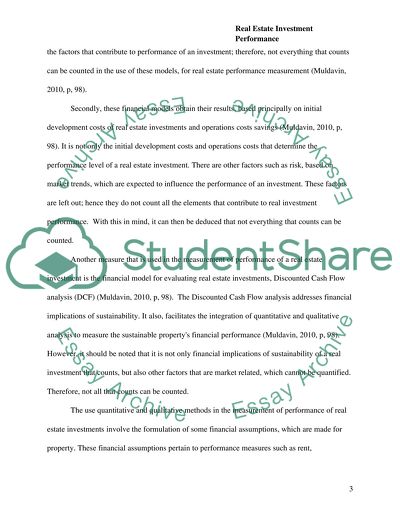Cite this document
(“Quantitative and qualitative measures of real estate investment Essay”, n.d.)
Retrieved from https://studentshare.org/engineering-and-construction/1489540-quantitative-and-qualitative-measures-of-real
Retrieved from https://studentshare.org/engineering-and-construction/1489540-quantitative-and-qualitative-measures-of-real
(Quantitative and Qualitative Measures of Real Estate Investment Essay)
https://studentshare.org/engineering-and-construction/1489540-quantitative-and-qualitative-measures-of-real.
https://studentshare.org/engineering-and-construction/1489540-quantitative-and-qualitative-measures-of-real.
“Quantitative and Qualitative Measures of Real Estate Investment Essay”, n.d. https://studentshare.org/engineering-and-construction/1489540-quantitative-and-qualitative-measures-of-real.


